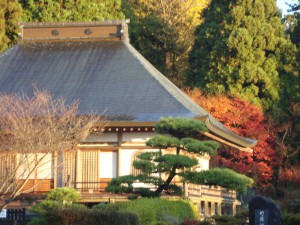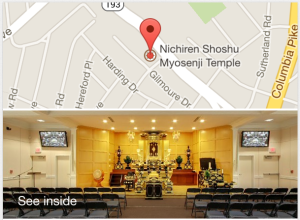 Among causes and effects that span the three existences of past, present and future, good and evil actions become the causes of karma, which eventually manifest as good or evil, painful or pleasurable effects. There are two facets to the causes and effects of karma.
Among causes and effects that span the three existences of past, present and future, good and evil actions become the causes of karma, which eventually manifest as good or evil, painful or pleasurable effects. There are two facets to the causes and effects of karma.
First is the case where the natures of the cause and effect are the same. For example, through a person’s greedy conduct (cause), his heart becomes more stingy and shameless (effect). In this case, there is a “flow of intimacy between the cause and the effect”, which is known as Toru no Inga in Japanese.
The other case is where the natures of the cause and the effect diverge. In this instance, a good cause produces a pleasurable effect, while a bad cause produces a painful result. This is known as a “cause and effect of divergent maturing” (Japan., Ijaku no Inga). Thus, one’s fortune is a result of the karmic cause that is made.However, the time when one will receive that karmic effect can vary. Buddhism explains that for karma created in the present lifetime, there are three periods for the retribution of that karma.
1. Jungen Jugo (Genpo): karmic retribution in this lifetime
2. Junji Jugo (Shoho): karmic retribution in one’s next lifetime
3. Jungo Jugo (Goho): karmic retribution after two or three lifetimes
Sunday, May 1st Lecture on Karma
To learn about Buddhism, visit Myosenji Temple this Sunday, May 1st, for our next Introduction meeting. Our Chief Priest will give a brief lecture on Karma, a core concept in Buddhism.
- Learn how to chant Nam Myoho Renge Kyo and properly use the Juzu Beads, Buddhist prayer beads.
- Q&A with our Chief Priest.
- The meeting starts at 2:00 pm and concludes around 3:15 pm. Open to the public.
If you have decided to become a Buddhist or are interested in learning how to become a Buddhist, after Sunday’s meeting (about 3:30 pm) Rev Murata will be performing the Acceptance of the Precept Ceremony, the ceremony where you become a Buddhist.
Please contact the Temple if you have questions.


